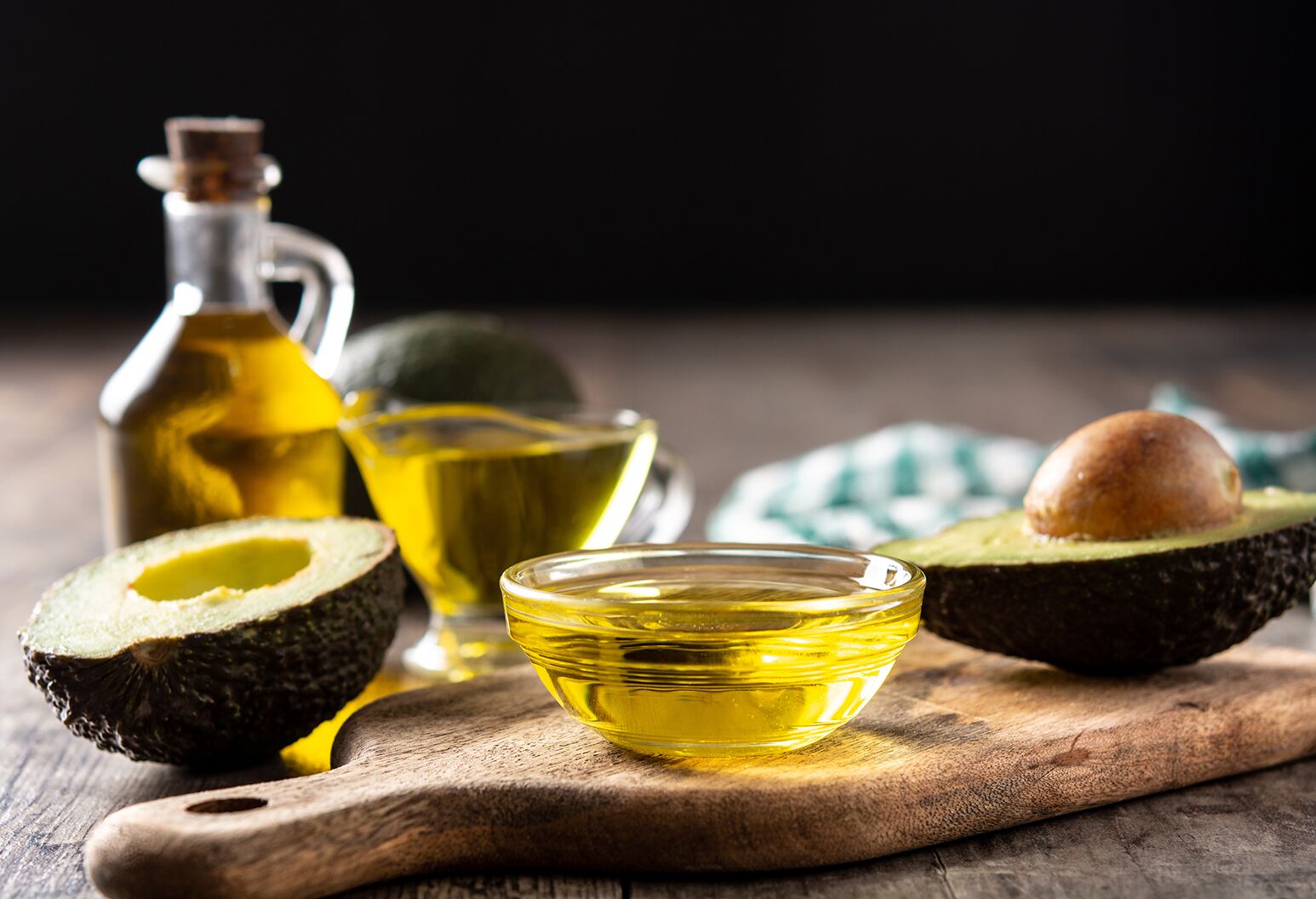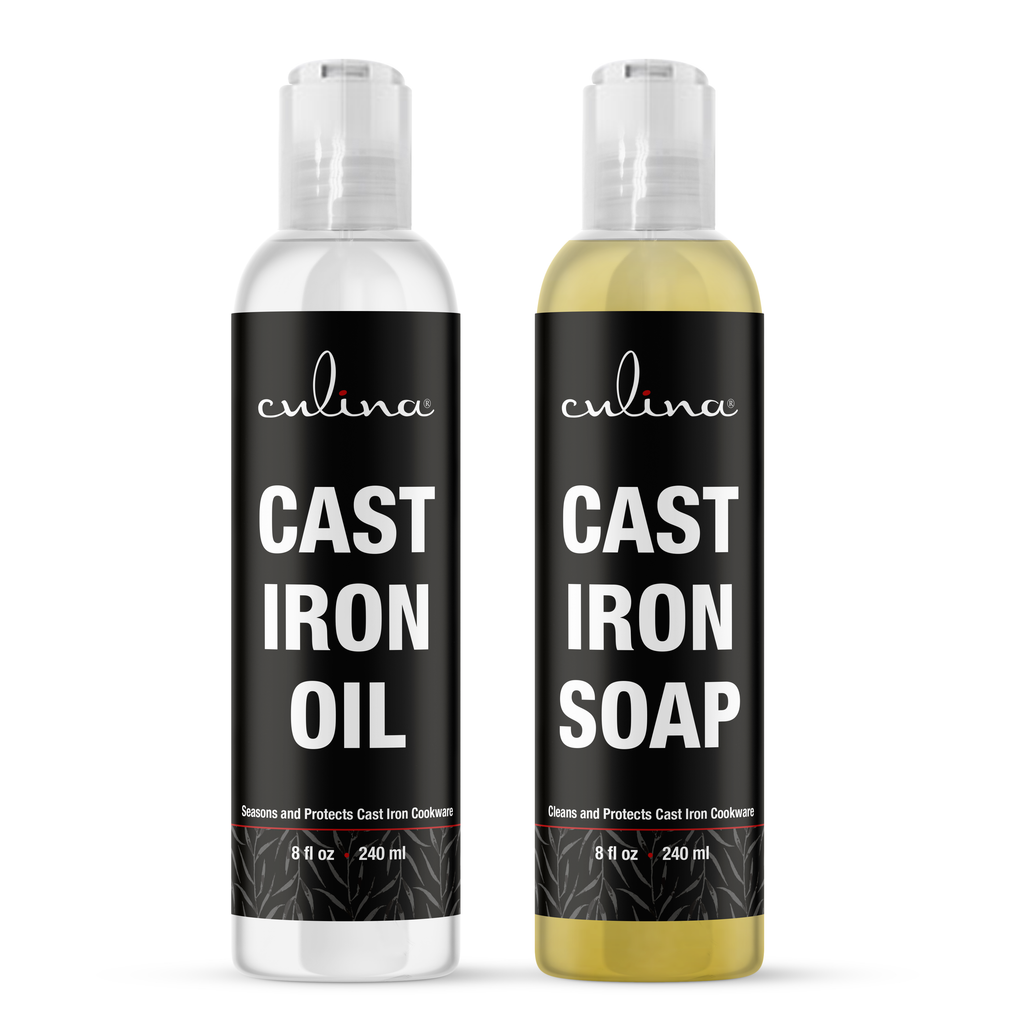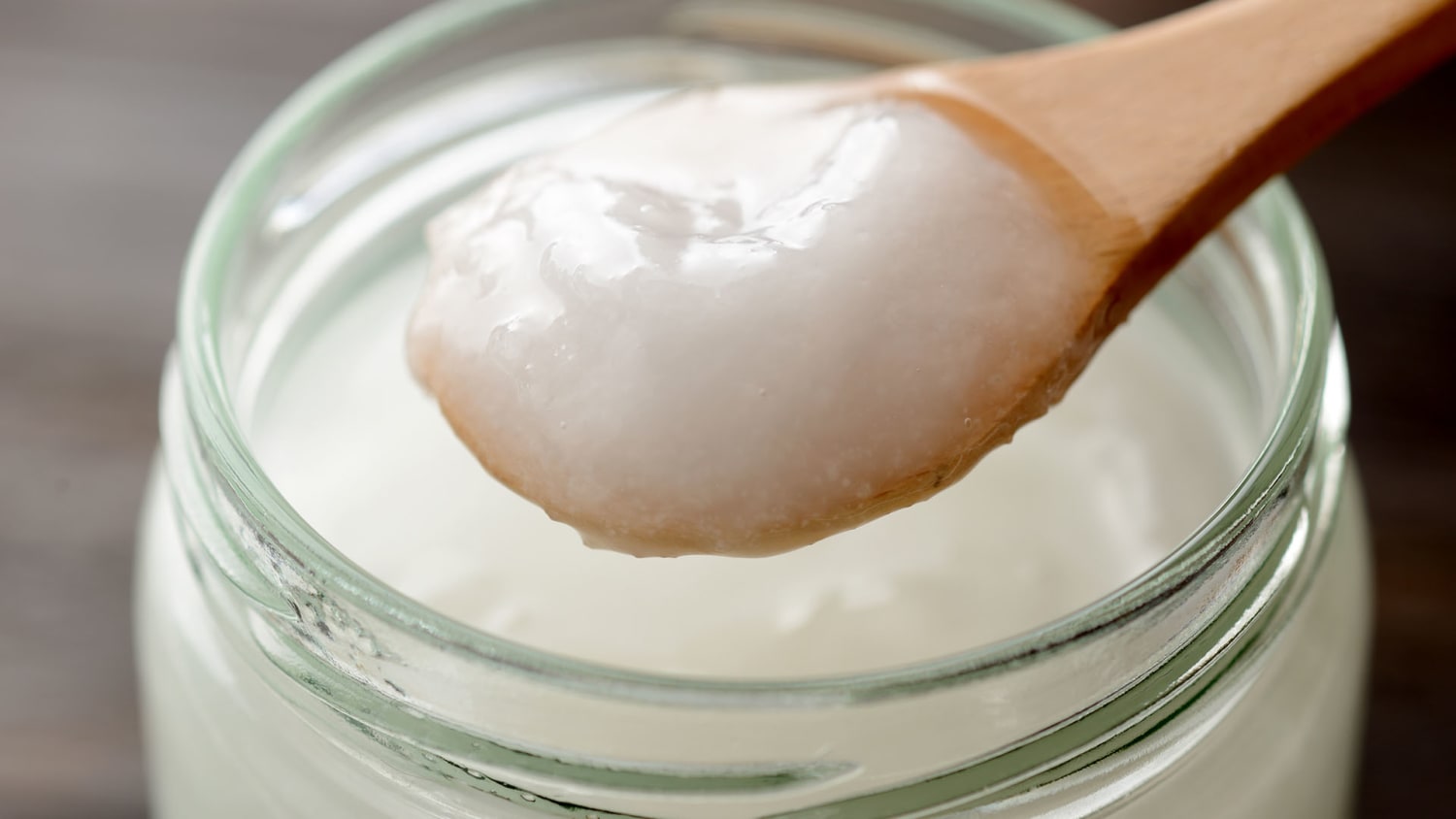What is Vegetable Oil Made Of? Understanding Its Components
When you delve into the world of beauty and skincare, the term 'vegetable oil' often arises. But as a beautician, have you ever pondered what vegetable oil is made of? Understanding the composition of vegetable oils is essential, not only for enhancing your beauty regimen but also for educating your clients about the products they are using. Let's dive deeper into the world of vegetable oils.
Vegetable oils are derived from the seeds, nuts, or fruits of plants. They are versatile, serving culinary, beauty, and health purposes. In this article, we'll peel back the layers of these oils, exploring their sources, chemical composition, and how they play pivotal roles in beauty treatments.

1. The Source of Vegetable Oils
Vegetable oils are obtained from various parts of plants, each contributing unique properties:
- Seeds: Oils like sunflower and grapeseed are extracted from seeds. These oils are rich in fatty acids, making them great for moisturizing.
- Nuts: Nut oils, such as almond and walnut oil, are packed with vitamins and essential nutrients that nourish the skin.
- Fruits: Oils like olive oil come directly from the fruit itself and contain numerous antioxidants that promote skin health.

2. Chemical Composition of Vegetable Oils
Understanding the chemical makeup of vegetable oils involves analyzing their fatty acid profiles:
- Saturated Fatty Acids: These are often solid at room temperature. Coconut oil, rich in saturated fats, is favored for certain skincare products.
- Monounsaturated Fatty Acids: Present in oils like olive oil, these help hydrate the skin and improve elasticity.
- Polyunsaturated Fatty Acids: Found in oils like sunflower and canola oil, these omega fatty acids are essential for maintaining skin barrier function.
These components interact with the skin, providing moisture, nourishment, and protection against environmental factors.

3. Benefits of Vegetable Oils in Beauty
For beauticians, knowing the benefits of these oils can enhance client's skincare routines. Here are some key advantages:
- Moisturizing: Oils like argan and jojoba penetrate the skin, providing deep hydration.
- Anti-inflammatory: Oils derived from seeds, such as flaxseed oil, can help reduce skin redness and irritation.
- Antioxidant Properties: Oils like olive and avocado are replete with antioxidants that combat skin aging.
Understanding the properties helps beauticians select the right product for each client's unique skin type.

4. Common Types of Vegetable Oils
As a beautician, you may encounter a range of vegetable oils. Heres a closer look at some of the most popular:
- Olive Oil: Known for its moisturizing and healing properties. Great for dry skin.
- Jojoba Oil: Closely resembles the skin's natural oils, making it an excellent moisturizer.
- Coconut Oil: Renowned for its antibacterial properties. Useful in hair and skincare.
- Castor Oil: Often used in hair treatments. Helps with hair growth.
- Grapeseed Oil: Light in texture, excellent for oily skin.
Each oil brings different benefits, allowing beauticians to tailor their approach based on individual client needs. For more on oils, you might find the article Olive Oil vs. Grapeseed Oil informative.
5. How to Choose the Right Vegetable Oil?
When choosing a vegetable oil for your beauty treatments, consider the following:
- Skin Type: Ensure that the oil you choose complements the client's skin type.
- Purpose: Whether moisturizing, anti-aging, or soothing, select an oil that fits the specific need.
- Purity: Opt for cold-pressed, organic oils to ensure the highest quality.
Educating your clients about these aspects can greatly enhance their experience.
6. Using Vegetable Oils in Skin Care Treatments
Vegetable oils can be incorporated in numerous ways in skincare routines:
- Massage: Using oils during facial massages can promote relaxation and hydration.
- Face Masks: Blend vegetable oil with other natural ingredients for nourishing masks.
- Makeup Remover: Many oils can effectively remove makeup while moisturizing the skin.
Proper application techniques are key to maximizing benefits.
FAQs about Vegetable Oils
-
What are the most commonly used vegetable oils in beauty?
The most commonly used include olive oil, coconut oil, almond oil, and jojoba oil. -
Can vegetable oils clog pores?
Some oils, like coconut oil, may clog pores for certain skin types. It's important to choose wisely based on individual needs. -
How should vegetable oils be stored?
Keep oils in a cool, dark place to prevent rancidity and preserve their beneficial properties.
For more information on vegetable oils, consider checking out What is Castor Oil and its uses in skincare.
Conclusion
Understanding what vegetable oil is made of not only expands your knowledge as a beautician but also enhances the services you provide to clients. By selecting the right oils based on their composition and benefits, you can foster healthier skin and promote self-care practices. Consider integrating these oils into your treatments and witness the positive outcomes for your clients.
As an Amazon Associate, I earn from qualifying purchases.

